9 Practical Potty Training Tips For Your Preschooler
Learning how to use a potty is a hugely important skill for your kid. While every preschooler reaches developmental milestones at their own pace, research suggests that most parents begin potty training their child between the ages of two and two-and-a-half.
The journey to bladder control is unique for each child and – as these parents’ anecdotes show – it is a road filled with highs and lows. It’s therefore important not to compare your kid to their friends too much and to keep calm and patient where toilet talk is concerned.
To help your kid along with the process, here are 9 practical potty training tips to make both of your lives easier.
1. Know when your kid is ready:
Does your child recognize when their nappy is wet or dirty? If your kid can last an hour without peeing, then it may be a good time to begin the transition from nappy to potty. While your child’s age is a clue that they’re ready for potty training to commence, don’t be concerned if they seem a little slower than their peers – their awareness of their bodily functions is a far better indicator that your kid is ready.
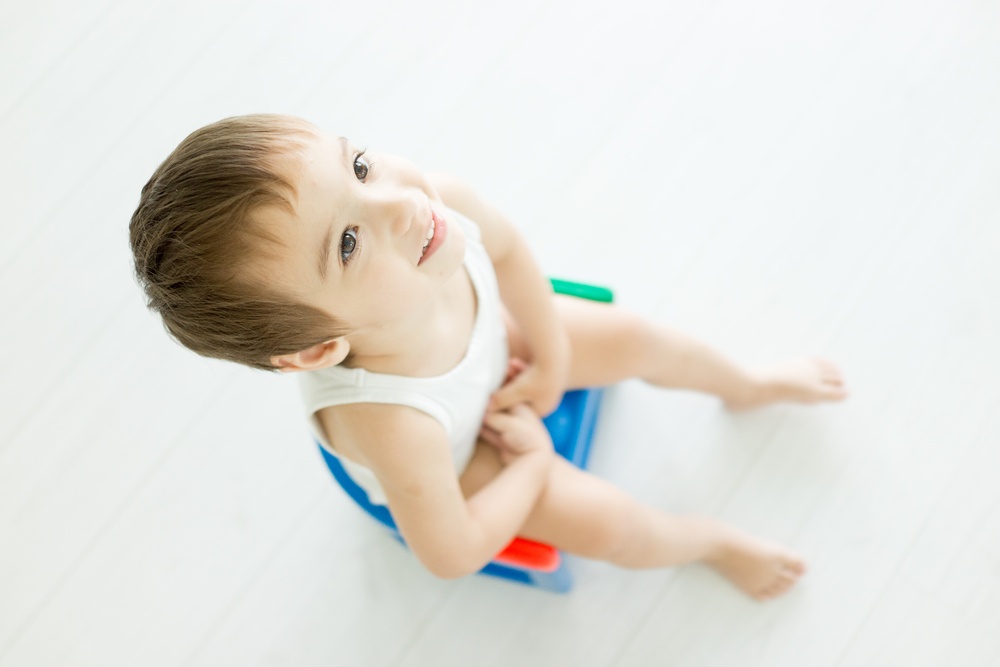
2. Know when YOU are ready:
Make sure that you create a calm environment for your child’s potty training journey. Don’t attempt to begin the process during stressful events such as the arrival of a new baby or moving house. Consistency at home is important so as to not confuse your kid.
Bonus tip: some people find potty training easier in the summer when there are fewer layers of clothing to keep clean.
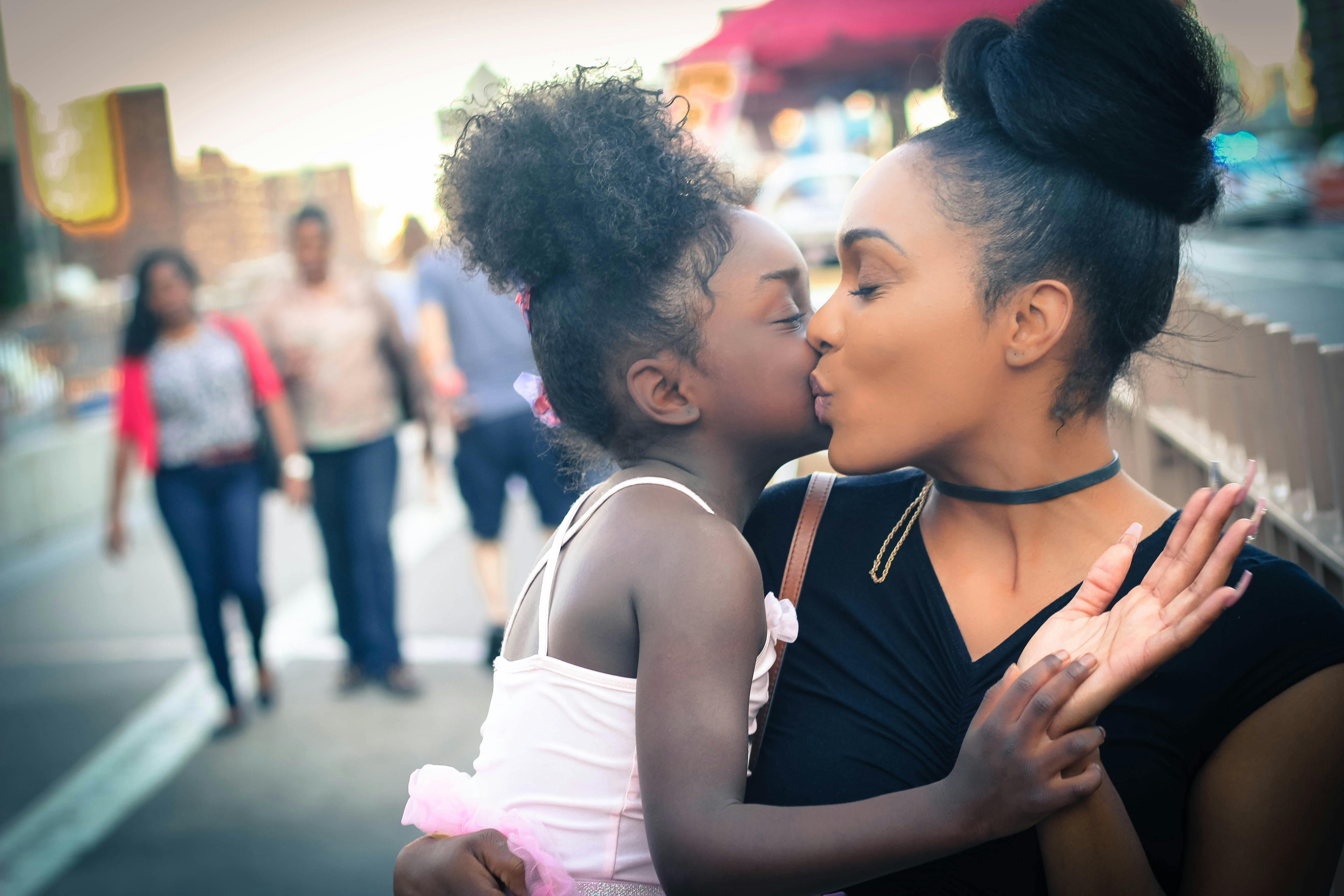
3. Always ask:
During the early training stages, it is advisable to ask your child every 40 minutes or so if they need to use the potty. Dedicate a couple of weeks to teaching your child and make sure you’ll be spending a lot of time close to home. You can also make sure everyone who looks after your kid knows about their learning process.
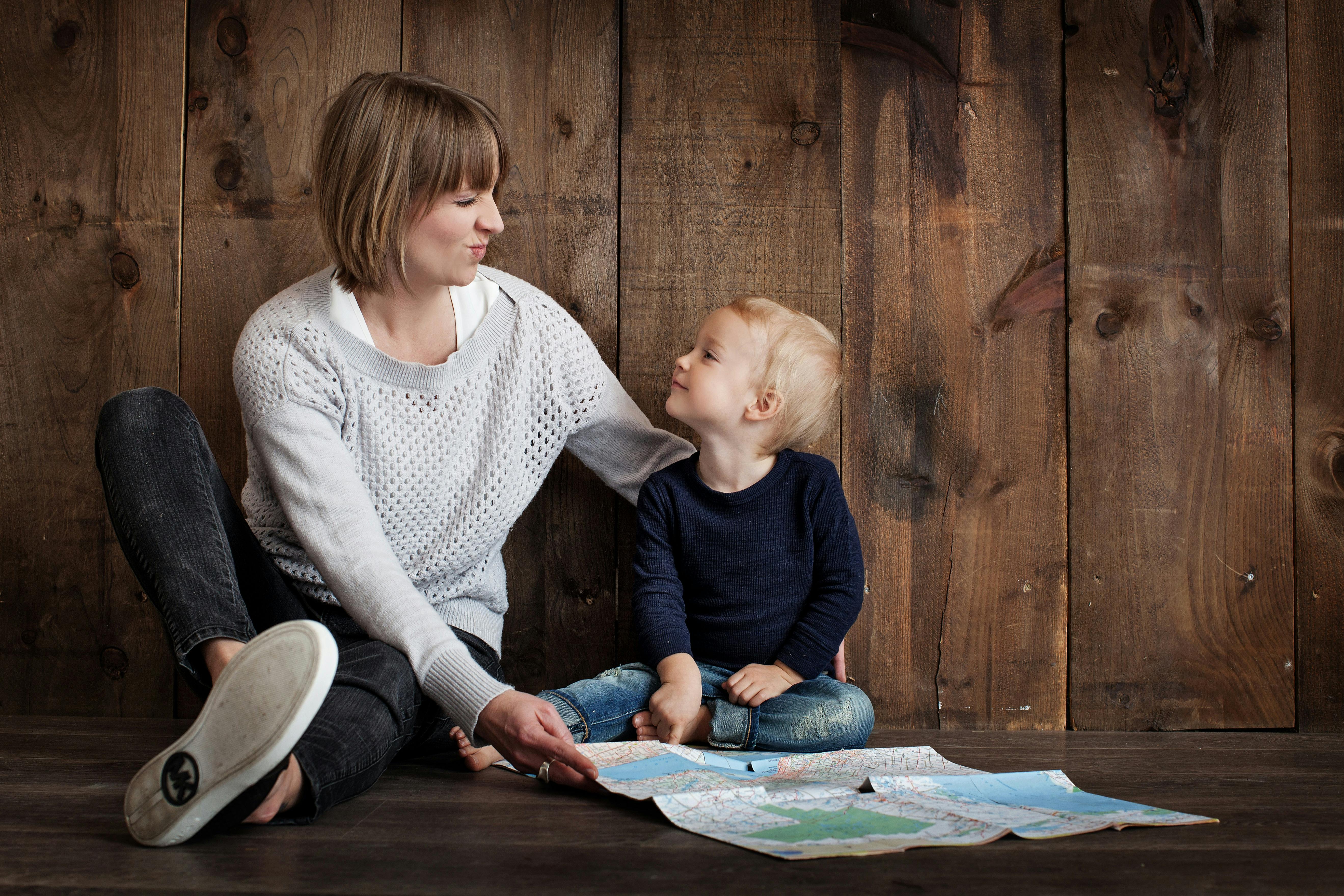
4. Get your kid acquainted with their potty from birth:
Having a potty in your bathroom from birth can help your preschooler view it as a familiar item. Encourage your child to sit on the potty while wearing a nappy before they commence their ‘official’ potty training. Leave the potty where your kid can see it and explain what it is for.
Bonus tip: role-play using your preschooler’s favorite toys can teach your kid what a potty is for.
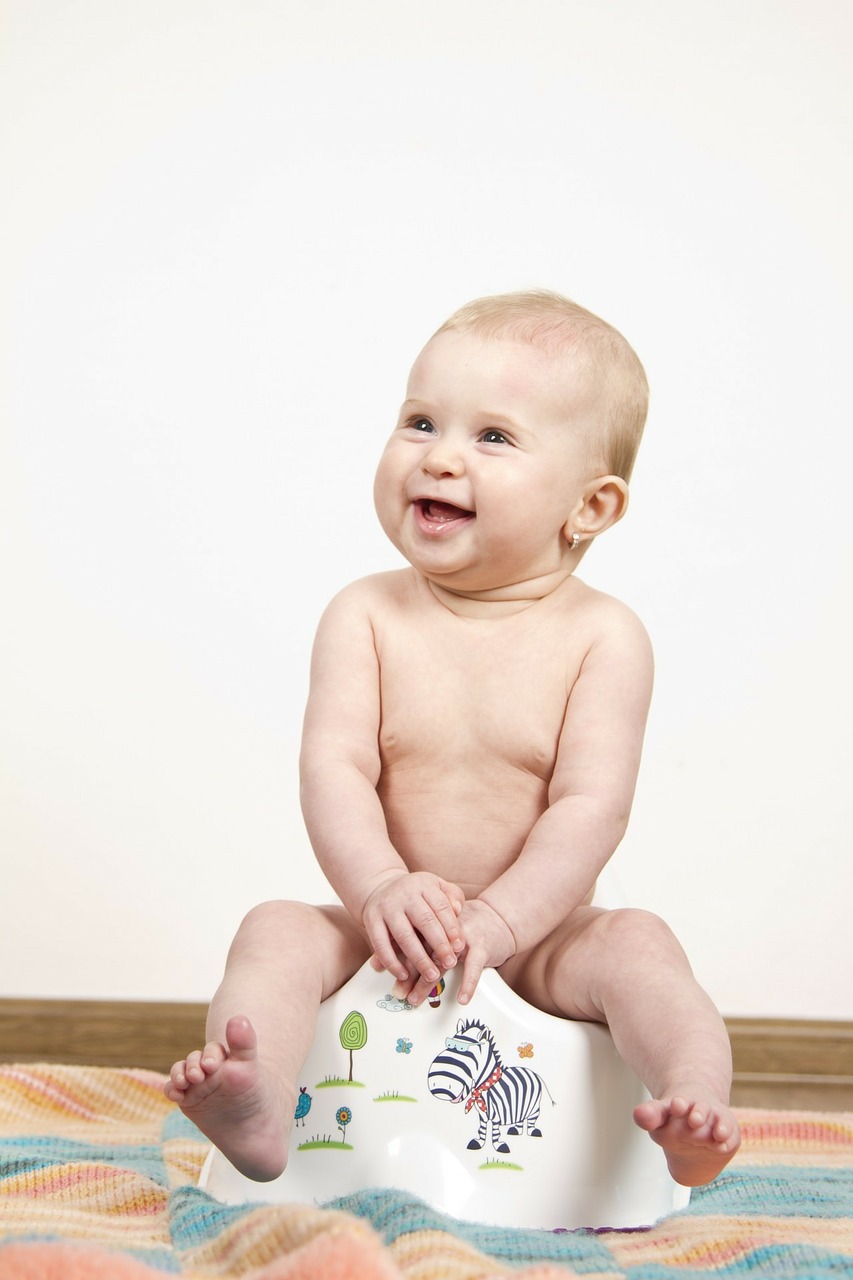
5. Talk, talk and talk some more:
Talk through your child’s nappy changes as and when you do them. Teach your kid what it means when they need to go to the toilet and complete nappy changes in the bathroom while explaining how this is the place people go to when they need the toilet. Have your kid try flushing the toilet and washing their hands.

6. Heap on plenty of praise:
Use lots of positive language and praise your kid when they use the potty correctly. It can also be effective to praise your child for sitting on their potty and talking about what it is used for. Make a special reward chart to enforce a routine and encourage your child to sit for longer by choosing a new book or toy that they only gets to use when they’re on the potty.
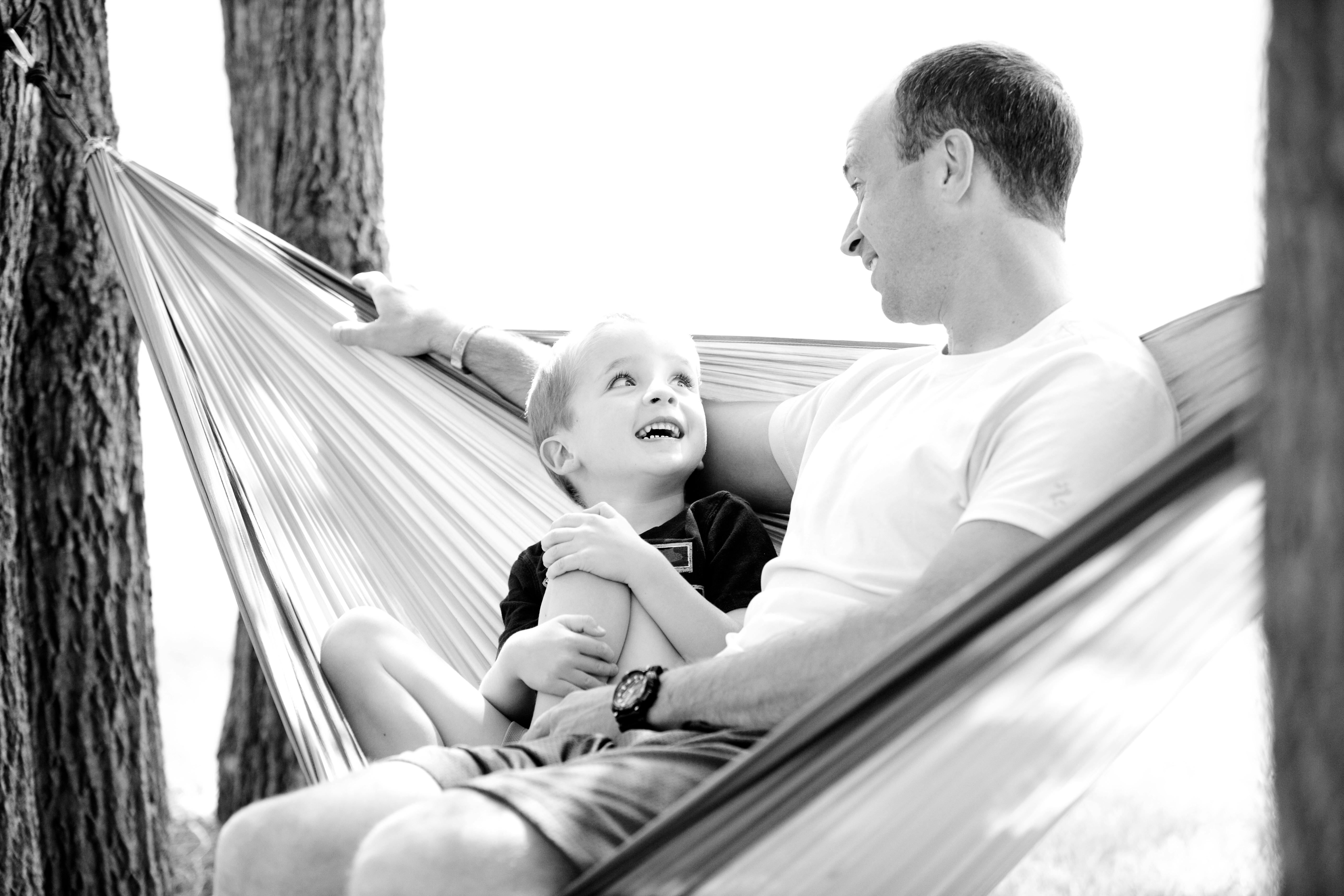
7. Buy a spare potty:
Keep a potty upstairs and downstairs so that your kid an access their potty easily. This way, as soon as you can see that your child knows they need to use the toilet, you can quickly encourage them to use their potty. It may also be useful to let your child pick their own underwear - buy designs with their favorite TV show characters as these can work as motivation for your kid to stay clean and dry.

8. Choose clothing carefully:
Avoid fiddly items of clothing such as dungarees, tights or one-piece outfits with zips and buttons and make sure your kid wears clothes that are easy to pull on and off. Disposable potty training pants can also give your child a confidence boost. They absorb less wee than nappies and so your kid can find it easier to tell when they are wet.
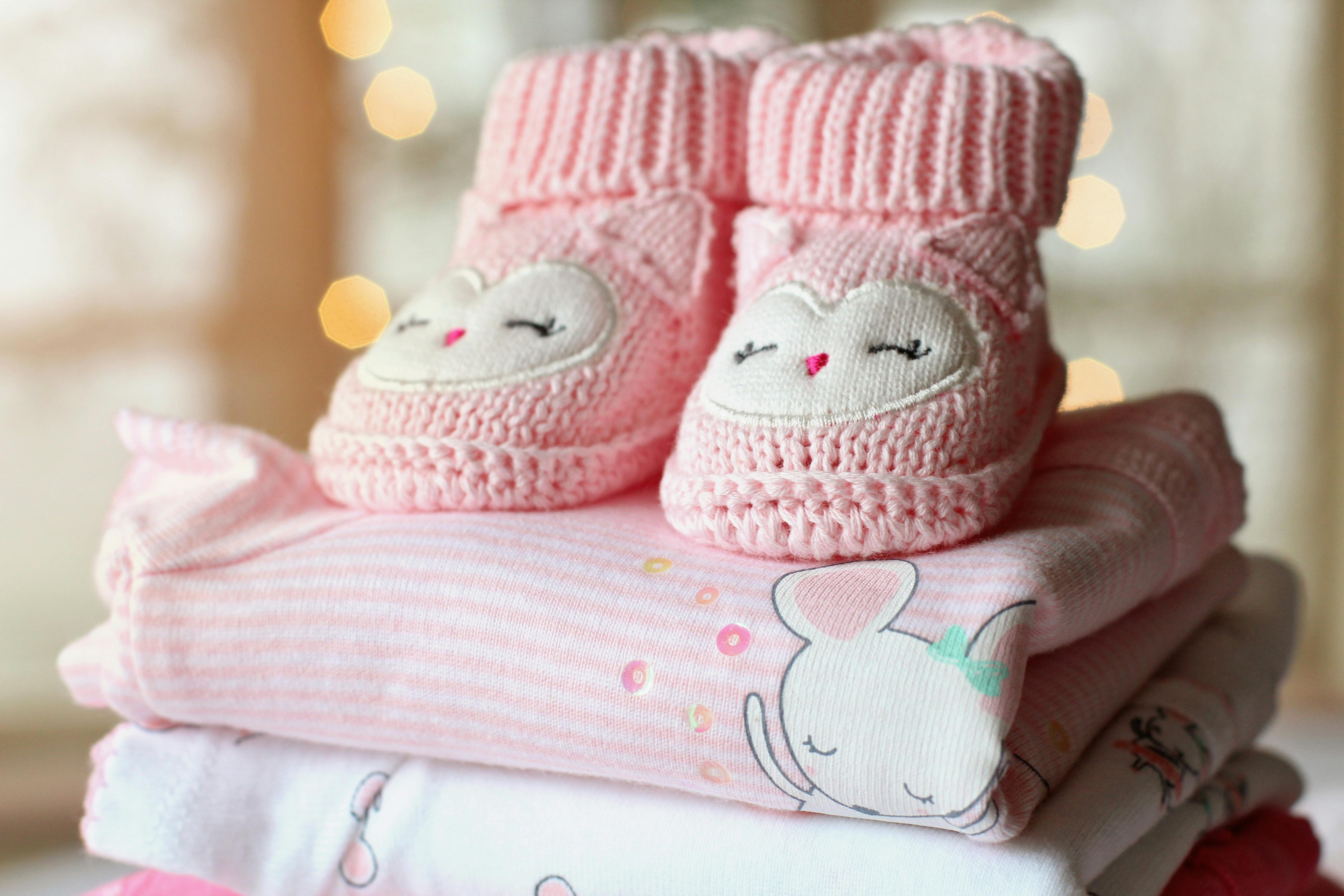
9. Establish a nighttime routine:
Encourage your child to use their potty just before going to sleep. Bedtime can be particularly tricky where potty training is concerned so make sure their potty is in a familiar and well-lit location to make middle of the night toilet trips easy. Night-lights can also be a huge help.
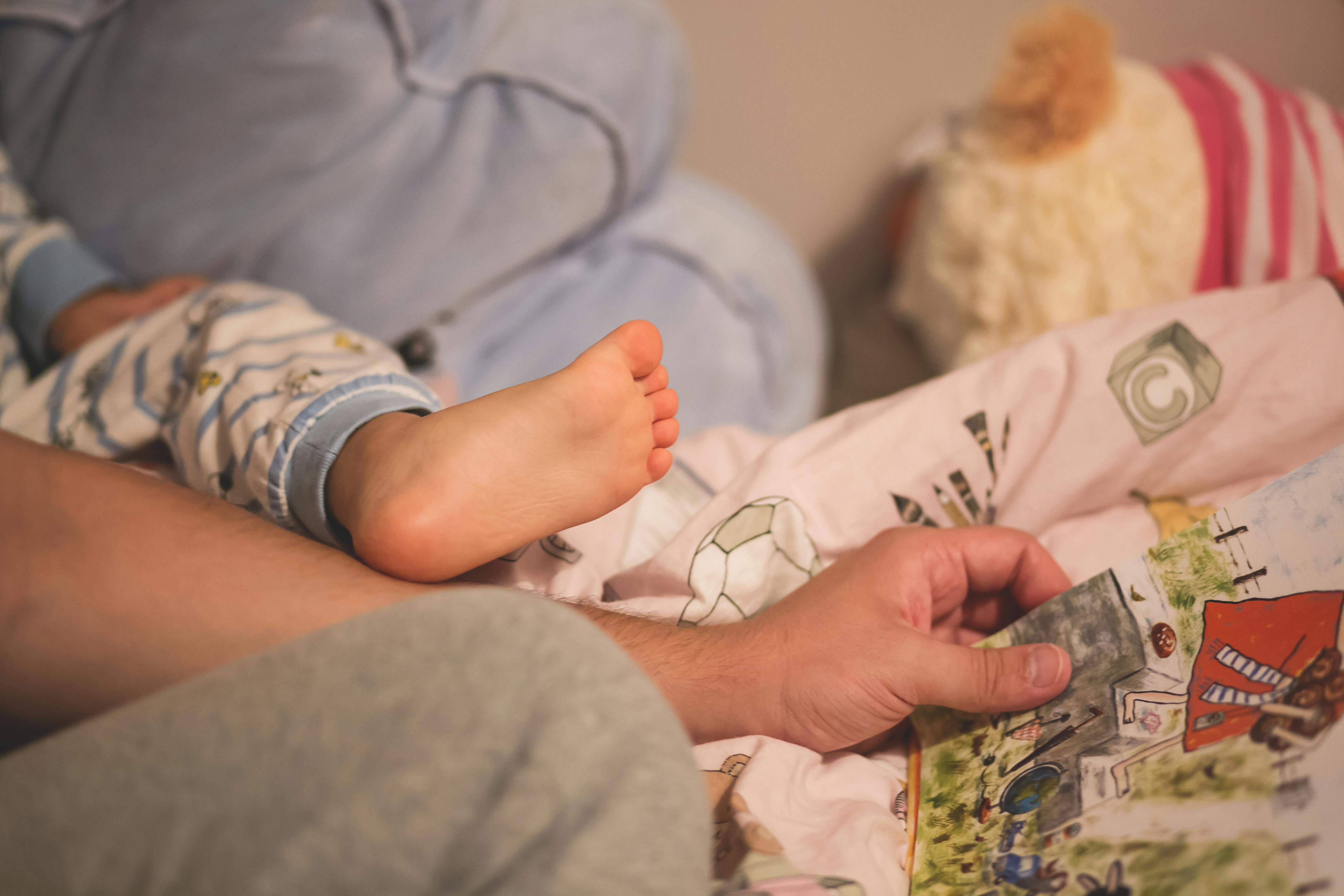
What are some of your best potty training tips? Let us know in the comments below.
Did you know?
At Kids Konnect, your child doesn't need to be potty trained before they start with us. We're happy to potty train your child with you.
Click here for more information about potty training.

